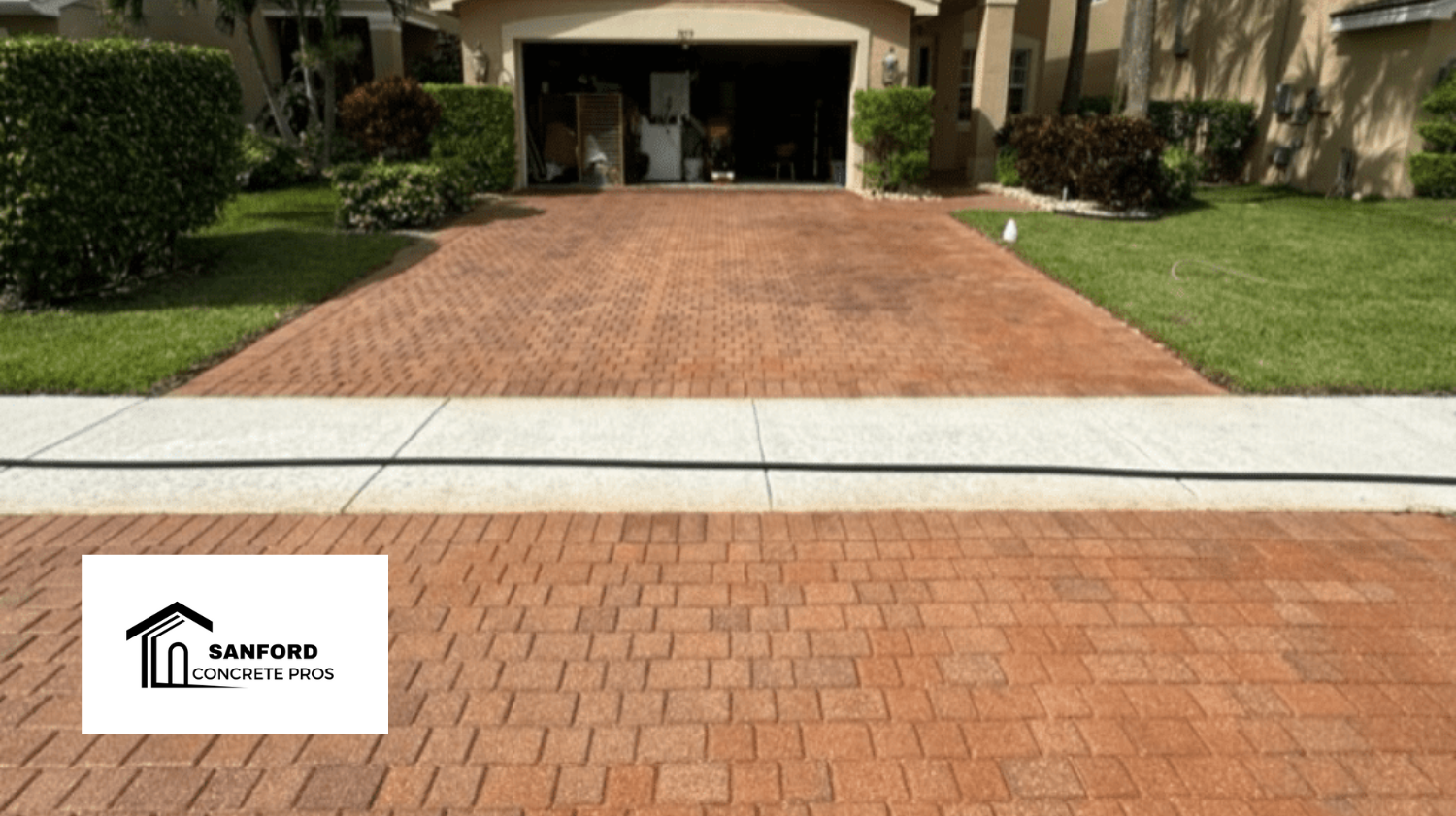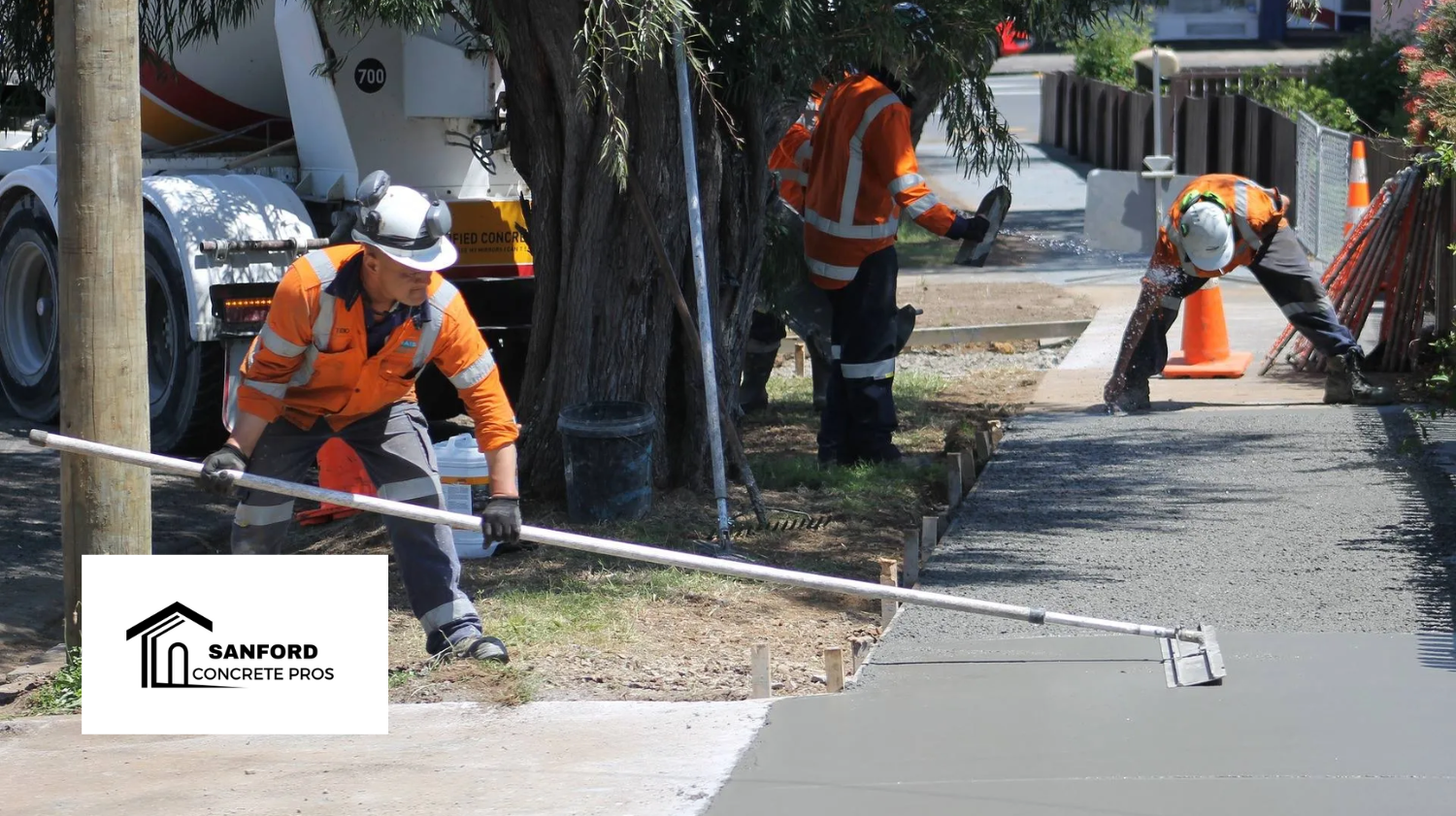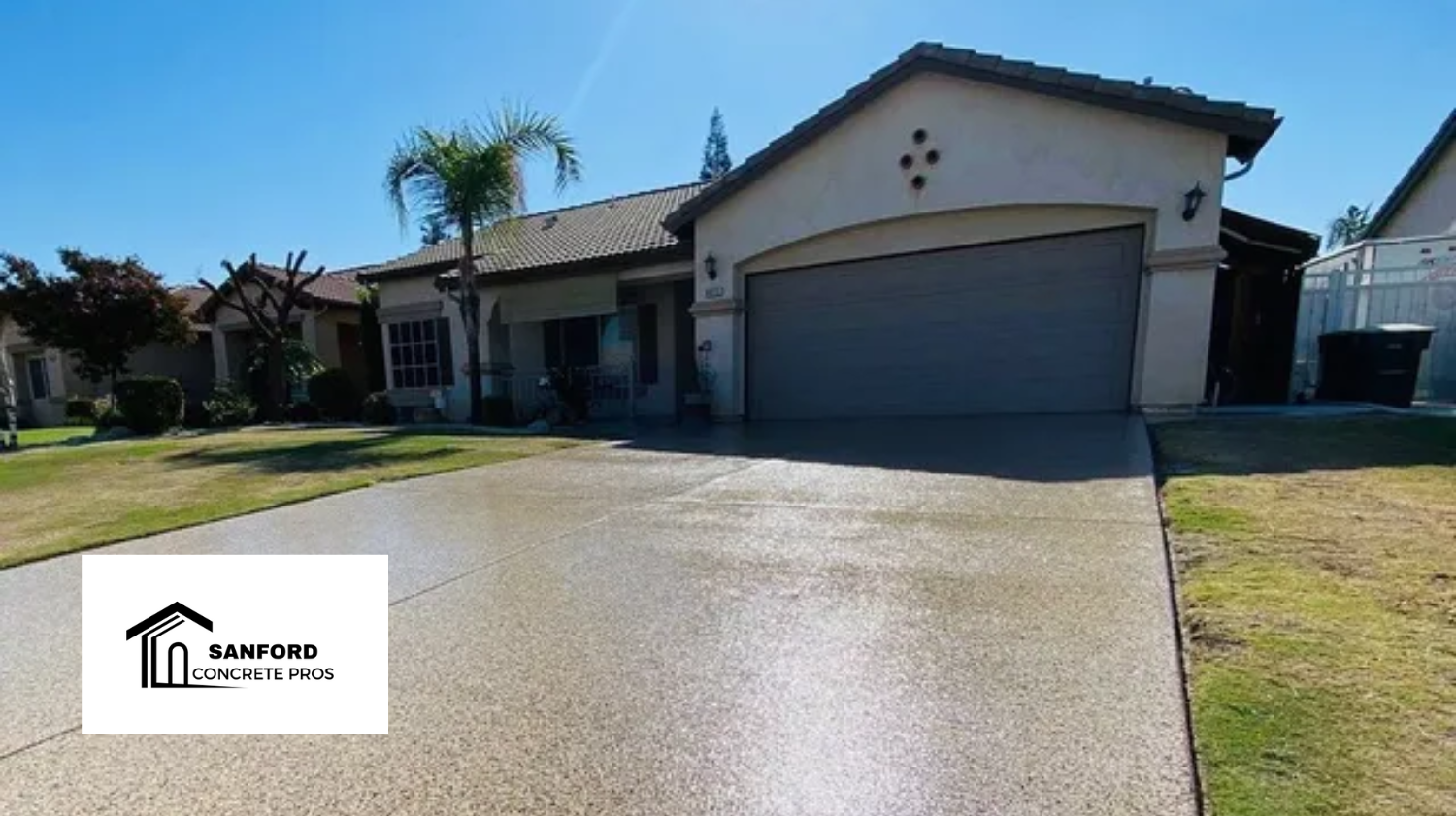Winter Care for Concrete: Tips for Sanford Residents
Winter Care for Concrete: Tips for Sanford Residents
While Florida’s winters may be mild compared to northern climates, proper care of your concrete during the cooler months is still essential for maintaining its durability and appearance. Though temperatures rarely drop below freezing in Sanford, cooler weather can still impact concrete, especially if it's newly poured. Whether you have a concrete driveway, patio, or sidewalk, here are some winter care tips to ensure your concrete remains in top shape.
1. Understand the Impact of Cooler Temperatures on Concrete
One of the common misconceptions is that winter in Florida doesn’t require any special attention for concrete surfaces. While Sanford winters are mild, the cooler temperatures can slow down the curing process for newly poured concrete. Proper curing is essential for concrete to achieve its full strength, so if you’re planning a winter installation, it’s important to ensure the curing process is closely monitored. Concrete should be protected from sudden cold snaps, as colder weather slows hydration, leading to weaker surfaces if not handled properly.
2. Protect Your Concrete from Moisture Accumulation
Though Sanford doesn’t experience heavy winter snow, the cooler season can still bring increased rainfall. Excess moisture can seep into concrete surfaces, particularly if they’re not sealed, leading to cracks and surface damage over time. One effective way to protect your concrete from moisture is to apply a quality concrete sealer, which acts as a barrier against water and other environmental factors. Ensure your concrete is sealed before the rainy season starts to keep it protected.
3. Keep an Eye on Potential Cracks
Fluctuating temperatures in winter, even in Florida’s mild climate, can cause small cracks in your concrete. Minor cracks can grow into larger issues if left untreated, allowing water to seep in and weaken the structural integrity of your concrete. Be sure to regularly inspect your driveway, patio, or sidewalks for any visible signs of damage. Addressing minor cracks early with a concrete patching compound or sealant can help prevent larger repair costs in the future.
4. Avoid Harsh Chemicals
If you’re tempted to use de-icing salts or harsh chemicals on your concrete in the event of an unusually cold winter night, resist the urge. While it's rare for temperatures in Sanford to drop low enough for ice to form, if they do, it’s best to use gentle methods for ice removal. Harsh chemicals or salts can cause long-term damage to your concrete surfaces, leading to erosion or pitting. Instead, use sand or a non-corrosive de-icer to prevent slips without compromising your concrete’s integrity.
5. Plan Ahead for Winter Installations
If you’re planning a concrete project during the winter months, whether it’s a new driveway, patio, or sidewalk, keep the temperature in mind. Sanford’s cooler temperatures can still pose challenges for curing, so it’s important to coordinate with your contractor to ensure the best possible results. Using special concrete mixes designed for cooler weather or ensuring proper insulation during the curing process can help prevent delays and issues with the project.
Though Sanford winters are mild, giving your concrete the attention it needs during the cooler months can prevent costly repairs down the line. By sealing your surfaces, avoiding harsh chemicals, and monitoring your concrete for cracks, you can keep your concrete installations in excellent condition year-round. If you're planning any new installations this winter, be sure to work with a
trusted contractor to ensure the project is completed successfully despite the seasonal challenges.










